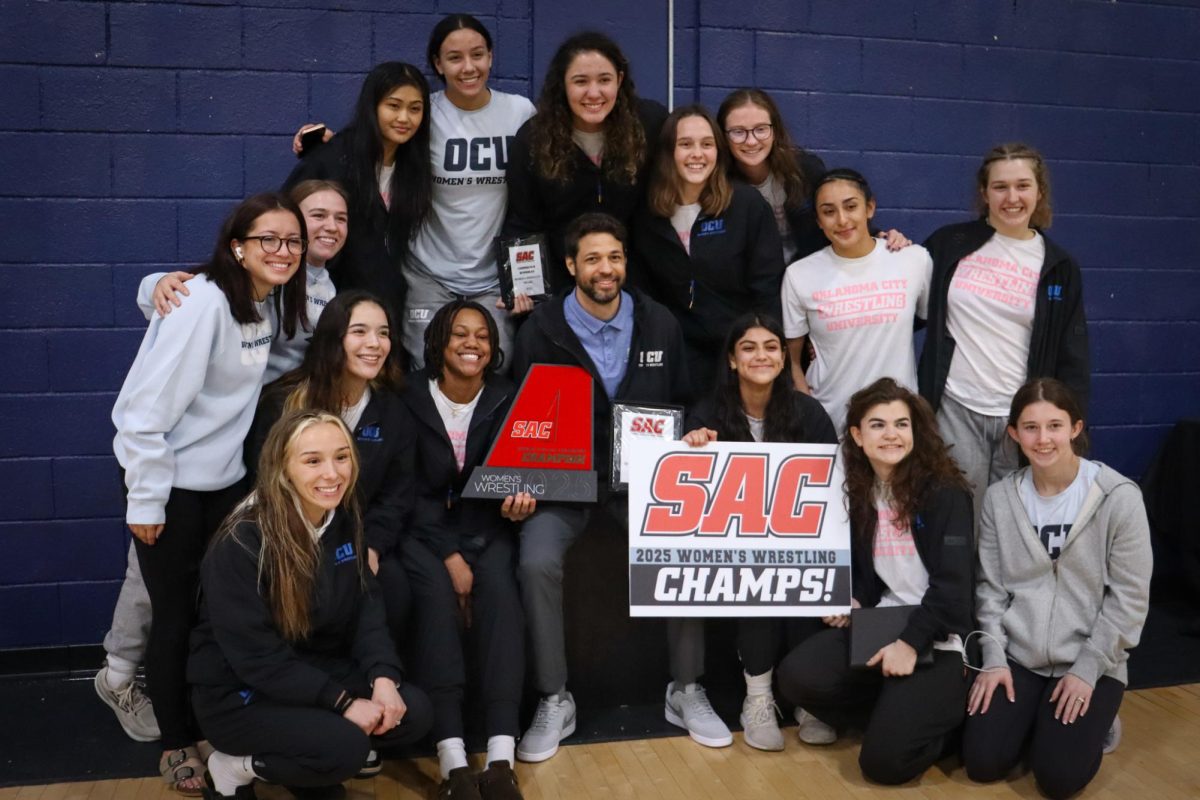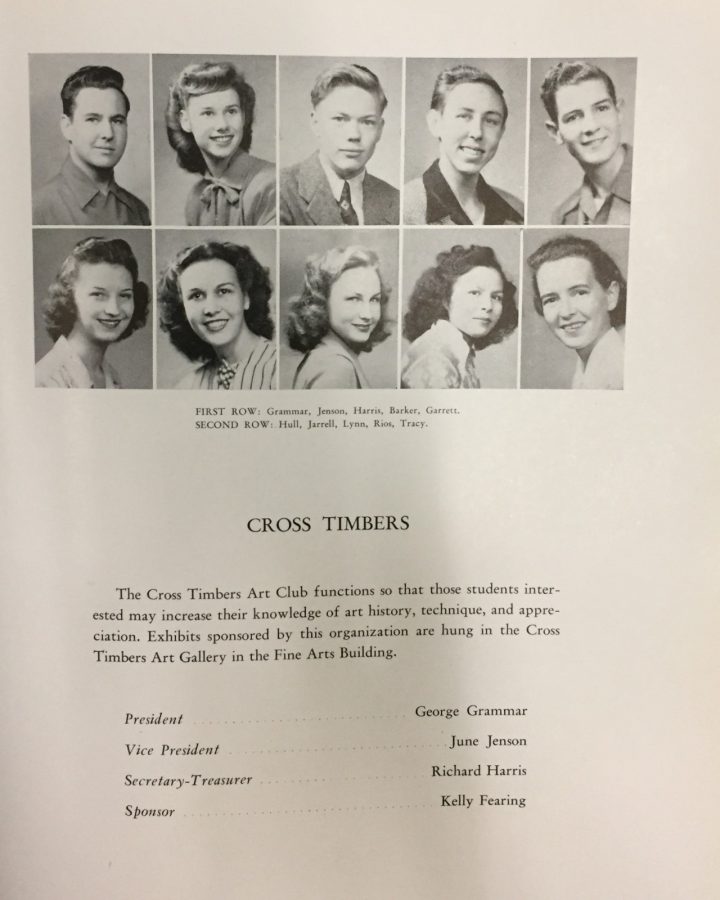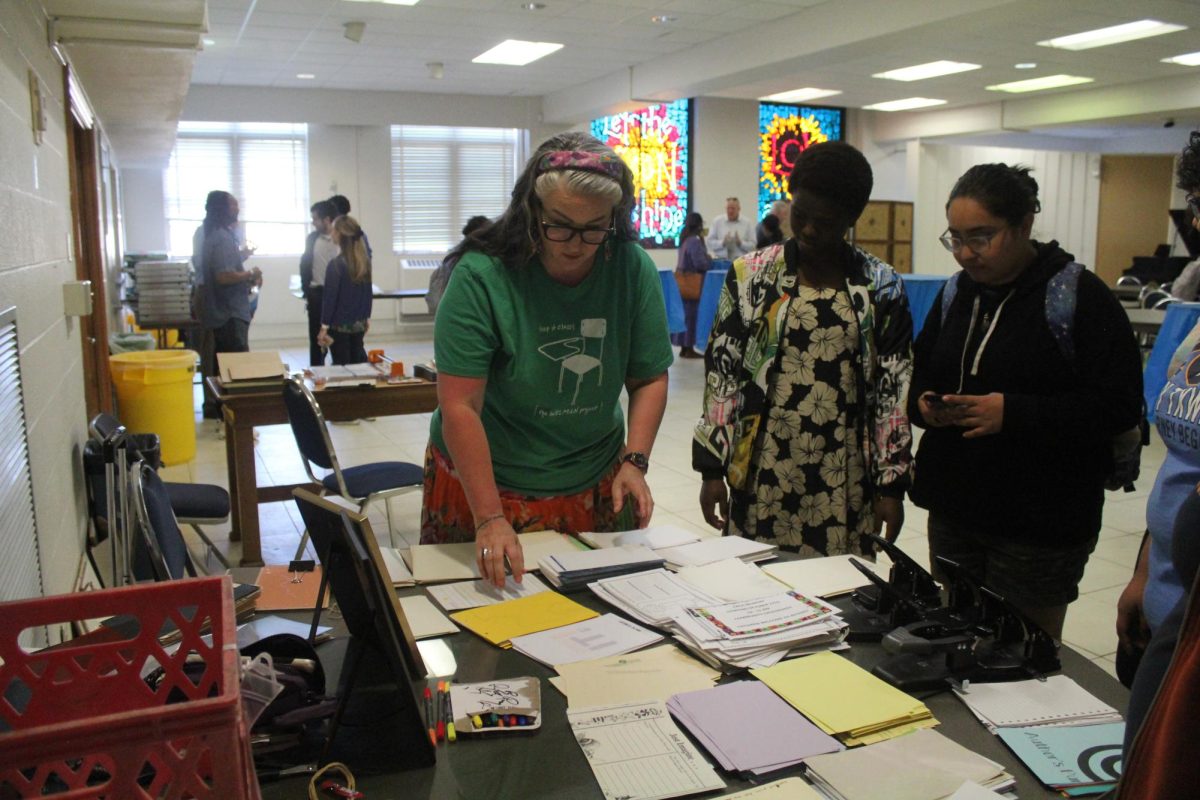Texas Wesleyan University will develop a permanent art gallery at the Bernice Coulter Templeton Art Studio.
Wesleyan President Frederick Slabach announced the addition of the gallery on Feb. 14 during a 2020 Town Hall meeting.
“We are developing a permanent art gallery that would include outside art, maybe some children’s art and some student’s art,” Slabach said.
Dr. Mark Hanshaw, interim dean of the School of Arts and Letters, said the gallery represents a long-needed vehicle that can help both students and faculty.
“Most universities have exhibition spaces.” Hanshaw said. “Wesleyan’s art gallery will open up a host of opportunities for students, opportunities for campus-based artists, artists from around the community and opportunities for different classroom instructors to bring art into specific components in ways we haven’t been able to do before. Not to mention that it also gives space for students to display their own art work.”
Hanshaw said he hopes the gallery will be a unique learning space for students and a space that will have a rotating cycle of uses so that there will be varied artists in the gallery.
“This space will also connect Texas Wesleyan with area artists in a way we haven’t done before so that artists will see Wesleyan as a venue for the display of their art and will be certainly encouraged to visit Wesleyan in order to see the exhibits as they pass through our art space.” Hanshaw said.
The opening exhibition will commemorate and celebrate the work of George Grammer, a Wesleyan alumni and last surviving member of the Fort Worth Circle. George Grammer: Full Circle opens on April 20, Slabach said.
“One way we are moving forward and going to start rolling this out is for the alumni reunion weekend in April,” Slabach said. “Where we are going to have an exhibit of George Grammer’s work. George Grammar is one our alumni and is the last living member of the Fort Worth Circle of artists, which is a prominent circle of artists, and he will be helping us kick that off.”
The exhibition will feature paintings from many private collections and museums, art professor Kit Hall said.
Grammer’s work has been featured in two exhibitions at the Fort Worth Community Arts Center: “Exhibiting Intimate Modernism: Fort Worth Artists in the 1940s” in 2008 and 2011’s “Looking for the Lone Star: Early Texas Art from Private Fort Worth Collections.” He has also exhibited at the Dallas Museum of Art, Hall said.
The Fort Worth Circle was a group of 11 artists who explored modernism and expanded the way Texans saw art in the 1940s.The Circle was created by theatre and art lovers who enjoyed partying and spending time with others, Hall said.
Grammer, who has spent more than 60 years as an artist and attended Paschal High School before attending Texas Wesleyan, studied under professor of art Kelly Fearing, who introduced Grammer into the Fort Worth Circle and made him the youngest member in 1946. He graduated from Wesleyan in 1947.
Grammer, now 90 years old, will travel from his home in New York New York for the exhibit; he he will also be given an honorary doctorate in the humanities, as recommended by Slabach.
Hall said the honorary doctorate is a big deal.
“A lot because of the history of the art that’s coming here and he (Grammer) started here, at Wesleyan,” Hall said. “Now at the ripe old age of 90, he’s full circle and coming back to have the exhibition here, again so that’s where the name comes from, hence why the title of the exhibition is Full Circle.”
Hall said students and faculty should make a special trip to this exhibition, since it is only out for a short time.
“Not everyone is gonna see it on opening day,” Hall said.
The committee of faculty member that chooses who should receive honorary doctorate degrees base their choices on a list of members who have contributed to humanity and Wesleyan, Hall said. The choices are then approved by Slabach.
“One of the criteria is the contribution to humanity and so I felt like Grammer was a perfect fit because he was part of a group of very famous artists here, as well as Texas and national, that changed the way we see art,” Hall said. “Once the Fort Worth Circle started doing their art and exhibiting their art and teaching their art so they have quite the legacy of students that fell after them, so once they did that their circle just got bigger and bigger because they influenced students and those students influenced other students.
“So we’re all now continually influenced by what they brought to Fort Worth but it expanded the way we look at art and try to understand it. To me, that qualifies him to receiving a doctorate in humanities.”
Hanshaw said he gives a lot of the credit to Hall since it was her vision.
“What she wanted to do was have a space on campus where students and visiting artists could display their works and students would have access to this space to view the works as a learning tool,” Hanshaw said. “She really put together the bulk of the proposal and the proposal went to President Slabach and he reviewed it and found it compelling and suddenly we have a gallery.”
Hanshaw said Grammer deserves the honorary doctorate because he is a global representative of Fort Worth in his capacity as a renowned artist.
“He is an individual who is deeply interested in inspiring new artists and new creativity,” Hanshaw said. “For that reason, he really is the sort of person that deserves this kind of honor. In addition, he also has a direct connection to Wesleyan and has supported programs and capital construction on the campus. He is an individual that is directly related to this institution and a product of Wesleyan. We certainly celebrate his connection to our institution and his influence. We see him as a source of inspiration for present and future students.”




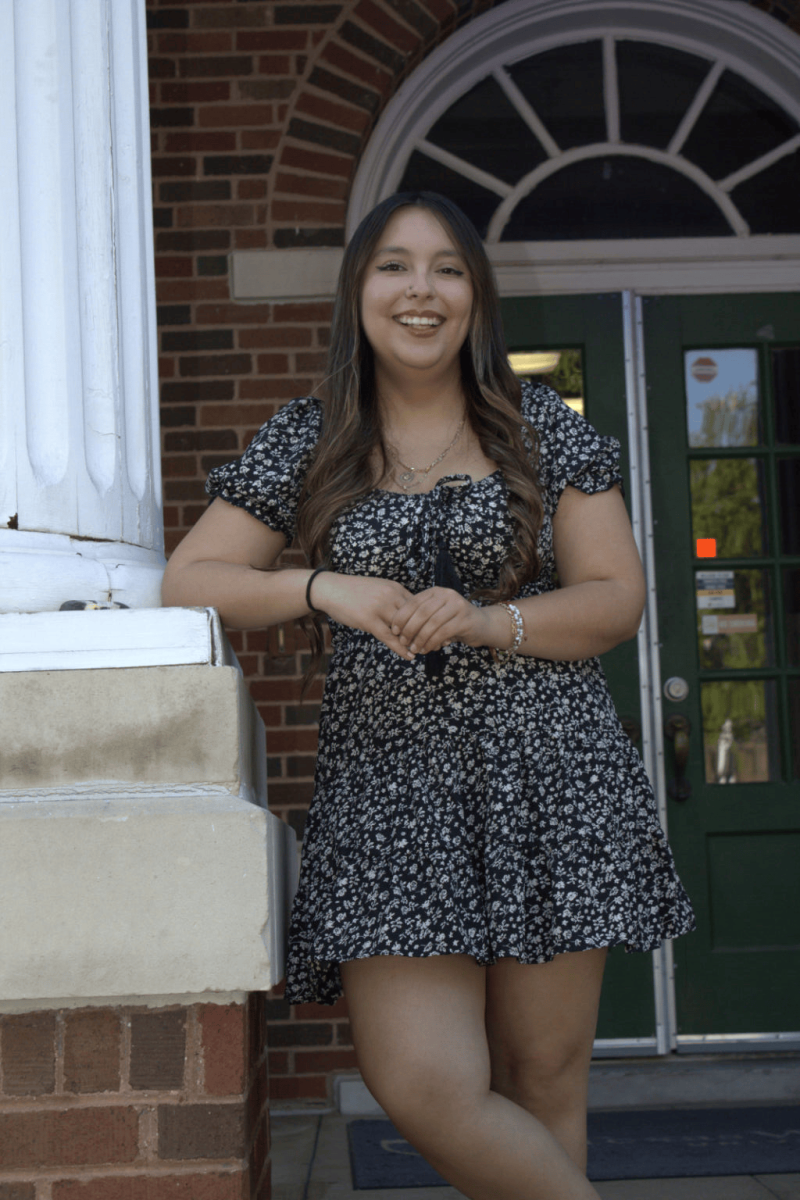
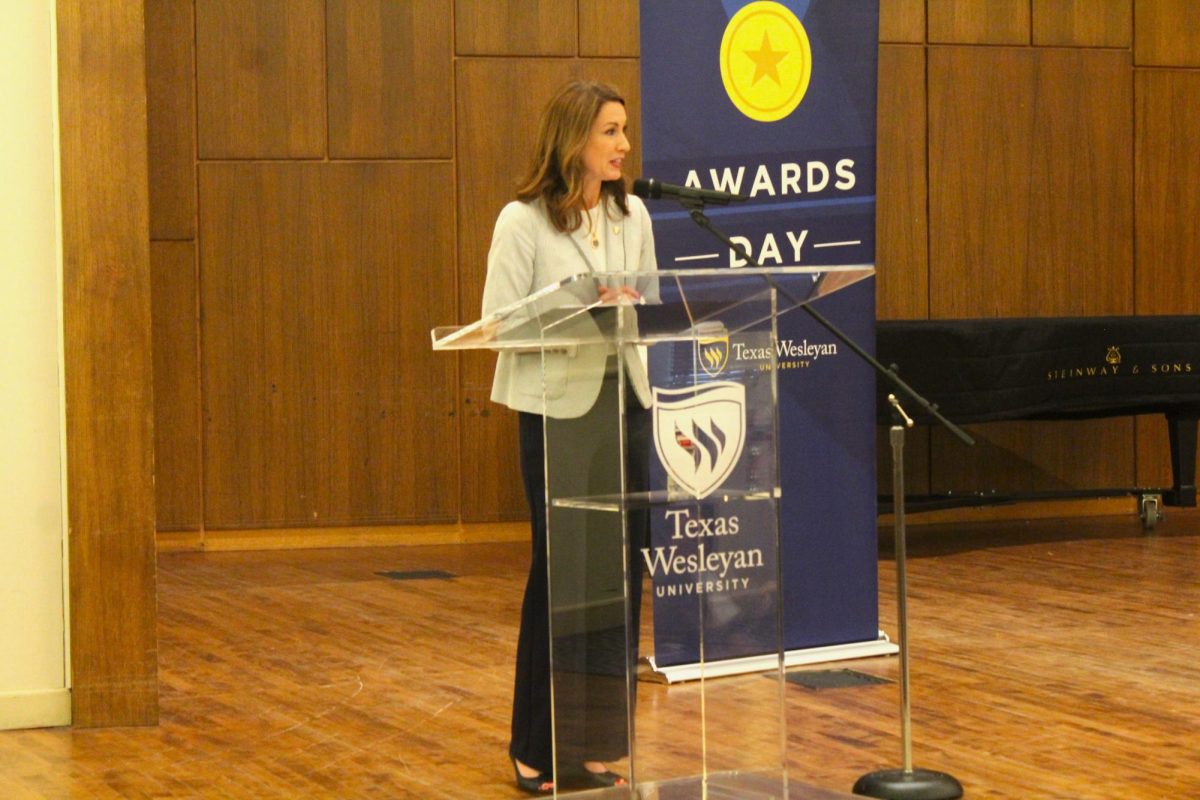


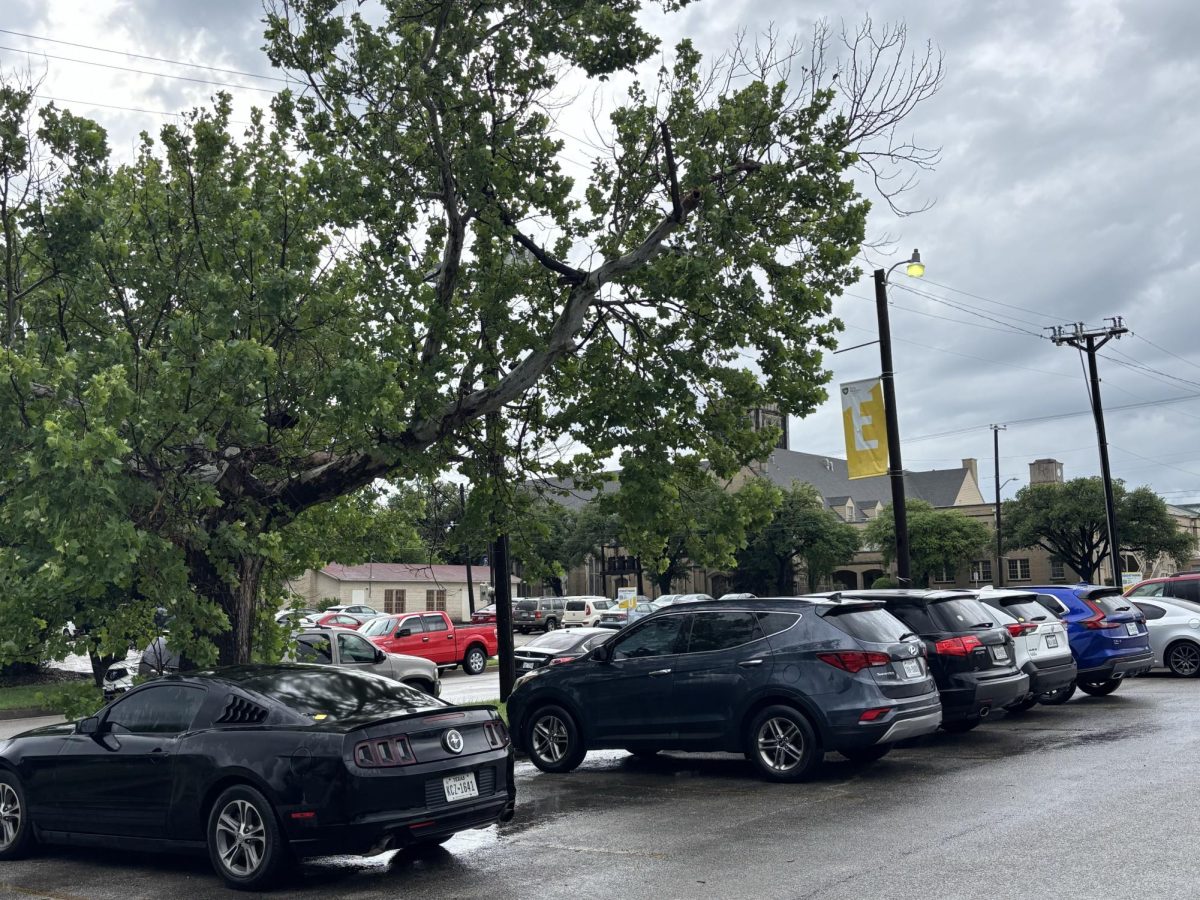
![Pippin, played by Hunter Heart, leads a musical number in the second act of the musical. [Photo courtesy Kris Ikejiri]](https://therambler.org/wp-content/uploads/2025/04/Pippin-Review-1200x800.jpg)
![Harriet and Warren, played by Trinity Chenault and Trent Cole, embrace in a hug [Photo courtesy Lauren Hunt]](https://therambler.org/wp-content/uploads/2025/02/lettersfromthelibrary_01-1200x800.jpg)
![Samantha Barragan celebrates following victory in a bout. [Photo courtesy Tu Pha]](https://therambler.org/wp-content/uploads/2025/05/20250504_164435000_iOS-834x1200.jpg)
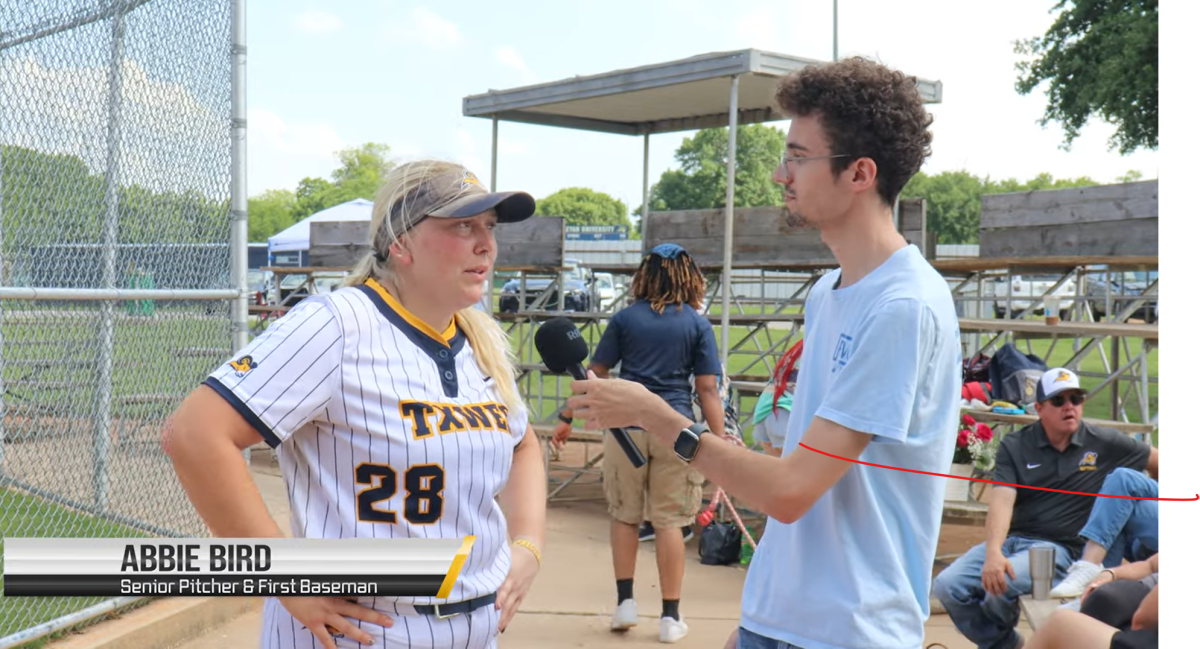


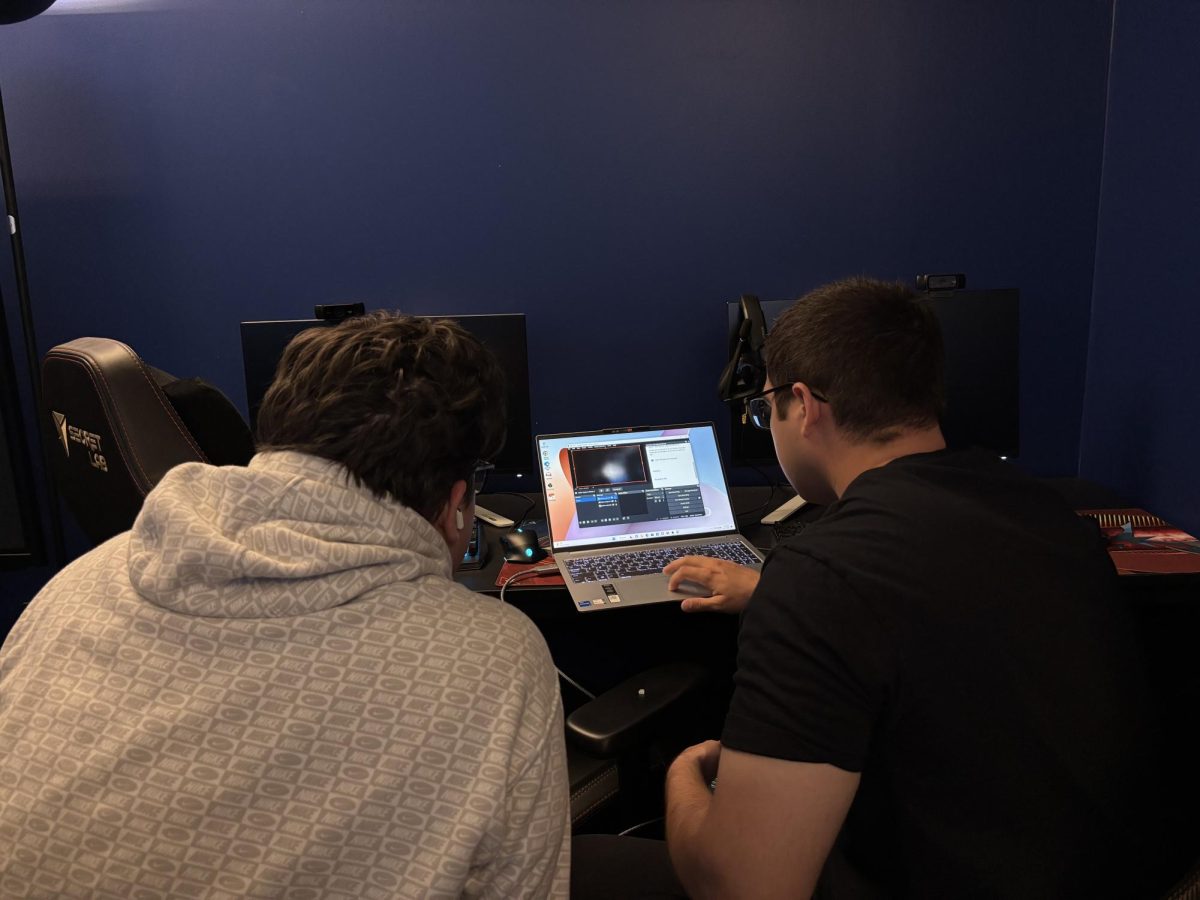

![Hunter Heart (center), the play's lead, rehearses a scene alongside other student actors. [Photo courtesy Jacob Sanchez]](https://therambler.org/wp-content/uploads/2025/04/thumbnail_IMG_8412-1200x816.jpg)
![Student actors rehearse for Pippin, Theatre Wesleyan's upcoming musical. [Photo courtesy Jacob Rivera-Sanchez]](https://therambler.org/wp-content/uploads/2025/04/Pippin-Preview-1200x739.jpg)
![[Photo courtesy Brooklyn Rowe]](https://therambler.org/wp-content/uploads/2025/05/CMYK_Shaiza_4227-1080x1200.jpg)
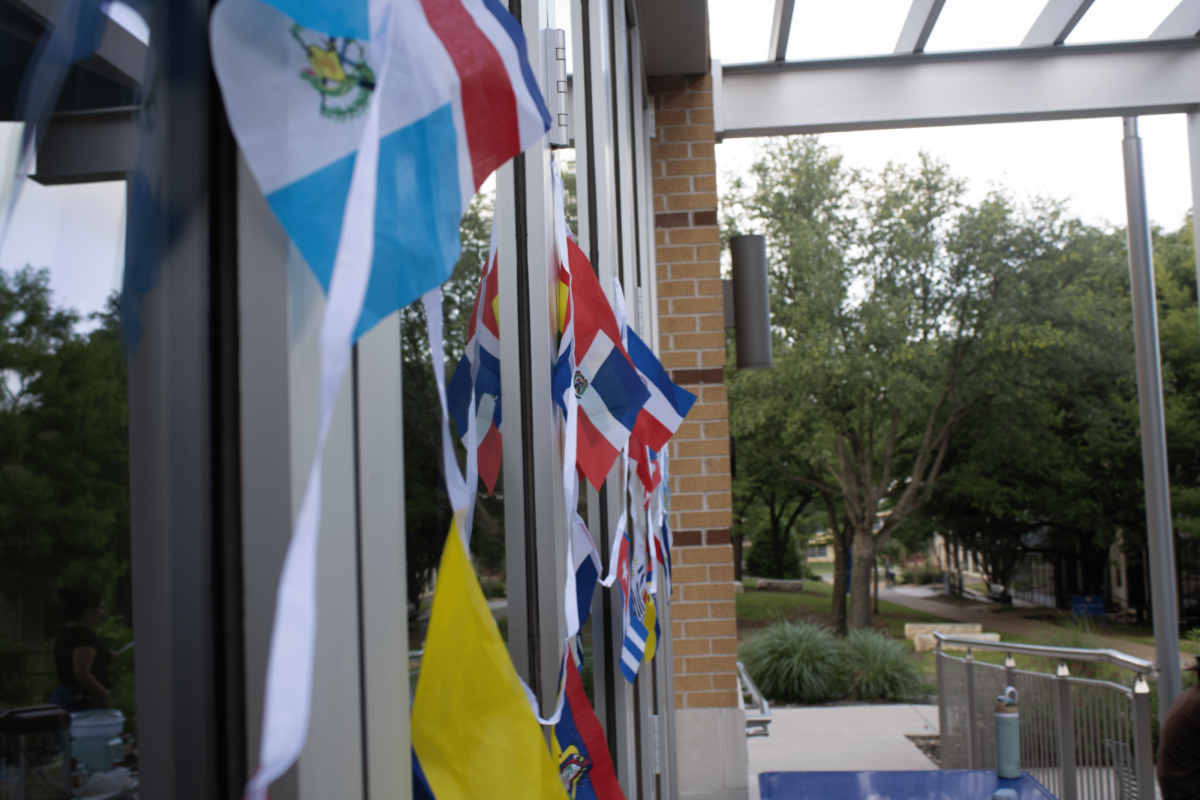
![Lady Rams softball wraps up weekend against Nelson Lions with a victory [6 – 1]](https://therambler.org/wp-content/uploads/2025/04/Screenshot-2025-04-04-100924-1200x647.png)

